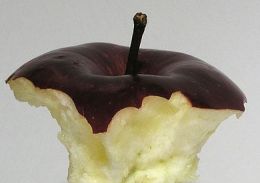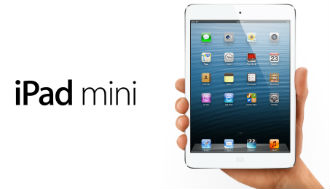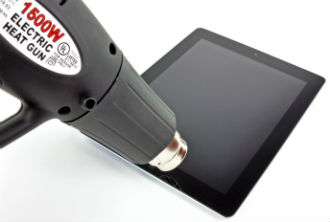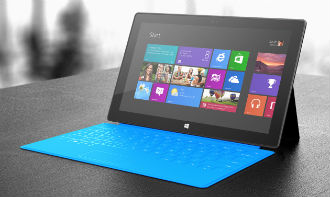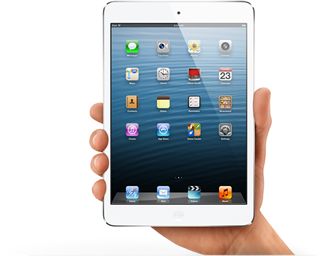 The tablet market appears to be overheating and according to IDC’s latest report global shipments slowed down in the second quarter. It appears that many consumers are waiting for new iPads and cheap Androids are not filling the gap.
The tablet market appears to be overheating and according to IDC’s latest report global shipments slowed down in the second quarter. It appears that many consumers are waiting for new iPads and cheap Androids are not filling the gap.
IDC said unit sales dropped 9.7 percent to 45.1 million last quarter thanks to soft demand for iPads. Shipments of Apple’s tablets dropped to just 14.6 million units, down from 19.5 million in the first quarter. IDC’s original forecast was 17 million, but it appears consumers had other things in mind.
Despite the dip, Apple is still the daddy of the tablet market, with a 32.4 percent market share. For some reason Samsung managed to grab an 18-percent share, despite the fact that its tablets are overpriced and underspecced.
Thanks to its massive market share, Apple’s woes tend to have an immediate effect on overall unit sales. The trouble for Apple is that it simply does not have any fresh products to offer. The iPad and iPad mini are getting old and a refresh is expected over the next few of months. Consumers are simply putting off their purchases until Cupertino rolls out something new, i.e. a Retina iPad mini.
“A new iPad launch always piques consumer interest in the tablet category and traditionally that has helped both Apple and its competitors,” said Tom Mainelli, Research Director, Tablets at IDC. “With no new iPads, the market slowed for many vendors, and that’s likely to continue into the third quarter. However, by the fourth quarter we expect new products from Apple, Amazon, and others to drive impressive growth in the market.”
A long Apple drought seems to be just what the doctor ordered for makers of Android tablets, but they don’t appear to be capitalizing on iPad fatigue.
Asus shipped just 2 million units for a 4.5 percent share. Lenovo was in a close second with 1.5 million units and Acer is in hot pursuit with 1.4 million.
To be fair, Android peddlers also had their share of problems. New high-end designs based on Qualcomm’s Snapdragon 800 have yet to materialize, Nvidia’s Tegra 4 was delayed and the first products have started shipping just a few days ago, at the very end of the second quarter. The new Nexus 7 is out, but it also launched too late to make a mark in Q2.
However, IDC believes new tablets from both camps should have a massive effect on shipments toward the end of the year. As for Windows RT and Windows 8.x tablets, we’re not sure they’ll make much headway this year.


